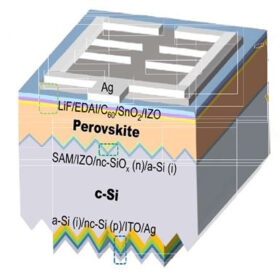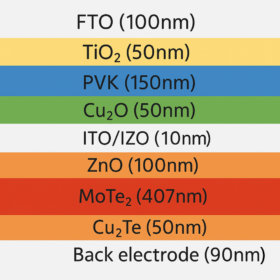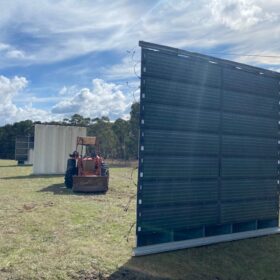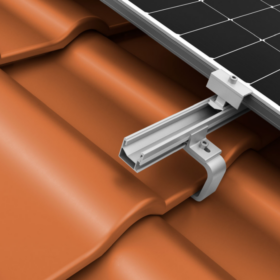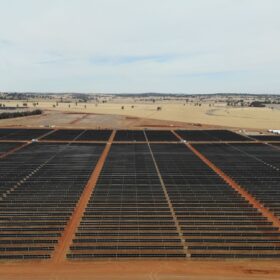Longi unveils 34.58%-efficient tandem perovskite-silicon cell
In a new scientific paper published in nature, the Chinese manufacturer presented a new tandem perovskite-silicon solar cell based on a bottom cell with a heterojunction design. It also used a new type of self-assembled monolayer that reportedly reduces non-radiative recombination and increases cell efficiency.
ARENA backs next-gen solar innovation with $60 million funding boost
The Australian government has announced $60 million in new funding for research and development projects that promise to accelerate cost reductions for PV technology and help meet the stretch target for “ultra low-cost” solar production.
CRT targets green hydrogen pain points with new electrolyser tech
Cavendish Renewable Technology has launched an advanced hybrid electrolysis platform that it says blends the strengths of solid oxide and alkaline technologies and addresses the pain points of green hydrogen adoption.
First attempt to build tandem solar cells based on perovskite, transition metal dichalcogenide
Scientists in India have proposed to design new tandem solar cells using transition metal dichalcogenide as an absorber material for the bottom PV device. Their simulations showed these tandem cells may reach an efficiency of more than 35%.
‘Grid-forming technology is no longer experimental – it’s here and working’
In grids increasingly dominated by renewables, grid-forming technology is emerging as critical tool for maintaining stability and ensuring reliable power system operation. In this interview with ESS News, Rui Sun, Sungrow’s Deputy General Manager-Grid Technology Center, explains how grid-forming works, why it matters, and where the technology is already proving its value. He elaborates on technical challenges, regulatory gaps, and why grid-forming could soon become the new industry standard.
Solspan unveils vertical agrivoltaics solution
Australian company Solspan has unveiled a vertical solar wall system that it says will enable the dual purposing of agricultural land, helping to address land use concerns associated with the rollout of renewable energy projects.
K2 Systems unveils new pitched roof mounting solutions
K2 Systems has introduced two new pitched roof mounting components for residential solar: the SingleHook 3S Light, made of aluminum and stainless steel; and the InsertionRail 2.0, an aluminum mounting rail.
Deye launches C&I power conversion system with battery storage
Deye has developed a new power conversion system optimised for solar integration, with modules ranging from 100 kW to 125 kW. The Chinese manufacturer says the PCS supports flexible system design and targets commercial and industrial applications.
GameChange Solar introduces terrain-following tracker
United States-headquartered manufacturer GameChange Solar says its Genius Tracker TF supports slopes of up to 1.7 degrees between posts, thereby reducing land grading costs.
$20 million greenhouse to reap solar innovation for agrivoltaic sector growth
ClearVue Technologies has joined a $20 million research project aimed at transforming agrivoltaics while generating clean energy using the company’s transparent solar glass technology.
